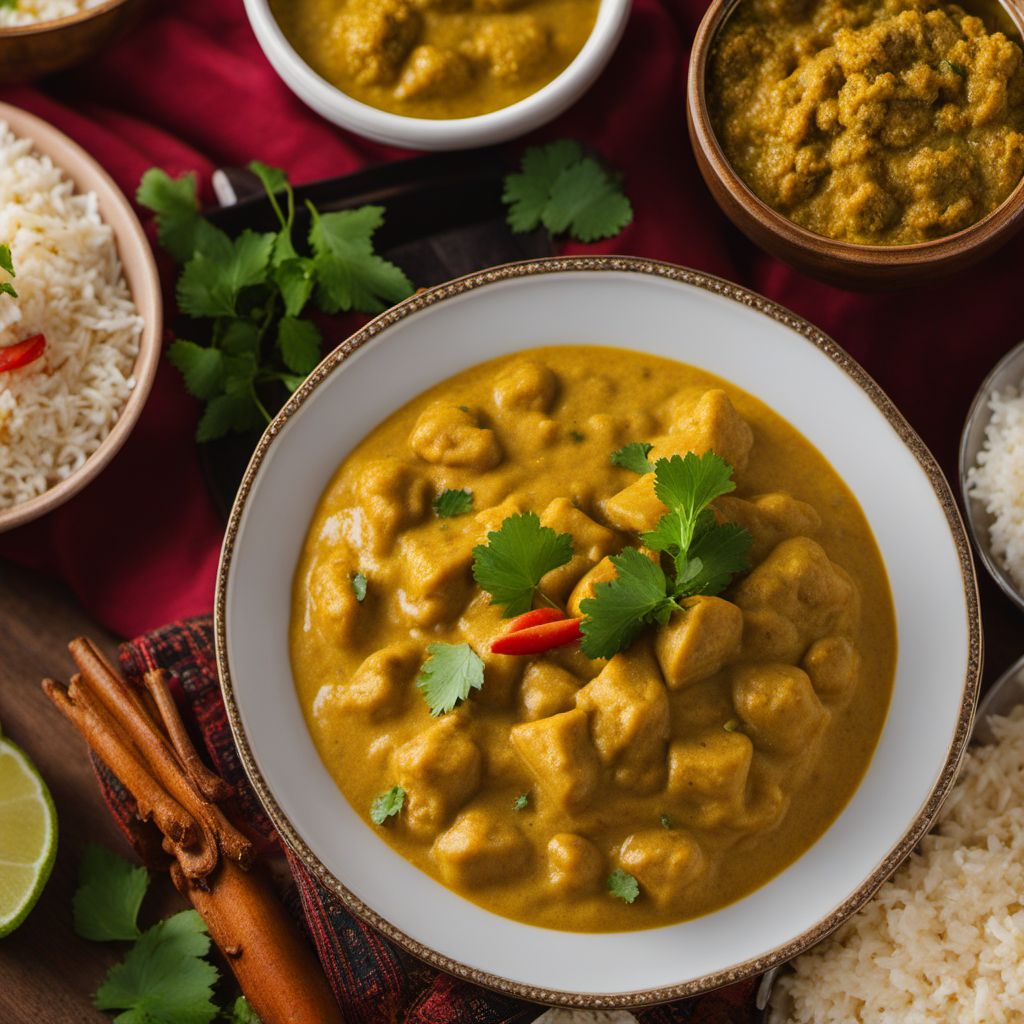
Dish
Korma
Korma is a dish that is loved by many people around the world. It is a mild and flavorful dish that is typically made with meat or vegetables. The dish is made with a creamy sauce that is made with yogurt or cream, and a variety of spices such as cumin, coriander, and turmeric. The dish is typically served with rice or naan bread, and is a staple in Indian cuisine. Korma can be made with different types of meat or vegetables, depending on personal preference. The dish can also be made with different levels of spiciness, depending on personal preference.
Origins and history
Korma originated in India and is a staple in Indian cuisine. The dish has been around for centuries and has evolved over time. The dish was originally made with meat and was a favorite of the Mughal emperors. The dish has since become a popular dish in India and around the world.
Dietary considerations
Korma can be made to suit different dietary needs. It can be made vegetarian or vegan by using vegetables or tofu instead of meat. The dish is also gluten-free, as long as the sauce does not contain any gluten-containing ingredients. However, some korma sauces may contain cream or yogurt, which are not suitable for those following a vegan diet. It is important to check the ingredients of the sauce before using it in the dish.
Variations
There are many variations of korma, depending on the type of meat or vegetables used and the level of spiciness. Some popular variations include chicken korma, lamb korma, and vegetable korma. Chicken korma is made with chicken and a creamy sauce, while lamb korma is made with lamb and a creamy sauce. Vegetable korma is made with a variety of vegetables and a creamy sauce.
Presentation and garnishing
Korma can be presented in a variety of ways, depending on personal preference. It can be served in a bowl with rice or naan bread, or it can be served on a plate with the korma and the rice separated. Garnishes such as cilantro, chopped almonds, and raisins can be added to the dish to enhance the flavor and presentation.
Tips & Tricks
When making korma, it is important to use fresh ingredients, such as fresh herbs and spices, to ensure that the dish has the best flavor. It is also important to use high-quality meat or vegetables, as this will greatly affect the flavor of the dish. When cooking the korma, it is important to simmer it gently to allow the flavors to develop. Finally, it is important to taste the korma and adjust the seasoning as needed, to ensure that it has the right balance of flavors.
Side-dishes
Korma is typically served with rice or naan bread. Some popular side dishes to serve with korma include raita, chutney, and samosas.
Drink pairings
Korma pairs well with a variety of drinks, such as beer, wine, or lassi. Beer is a popular choice, as it helps to cool down the spiciness of the dish. Wine, such as a Chardonnay or Pinot Noir, can also pair well with korma, as it complements the flavors of the dish. Lassi, which is a yogurt-based drink, can also be a good choice, as it helps to cool down the spiciness of the dish and complements the flavors of the dish.
Delicious Korma recipes
More dishes from this category... Browse all »

Aab gosht
Indian cuisine
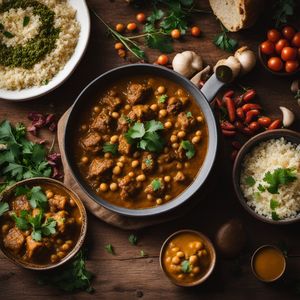
Abgoosht
Iranian cuisine

Adobo
Filipino cuisine
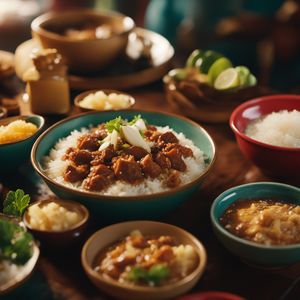
Adobo sa gatâ
Filipino cuisine

Adobong baboy
Filipino cuisine

Adobong baka
Filipino cuisine

Adobong dilaw
Filipino cuisine

Adobong hito
Filipino cuisine
More cuisines from this region...
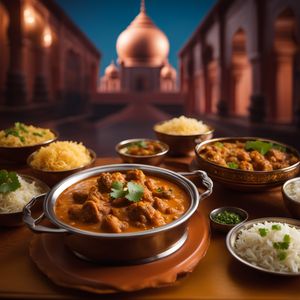
East Indian cuisine
Spicy and tangy flavors, Uses a lot of herbs and spices (mustard seeds, cumin, coriander), Uses a lot of fish and seafood which give it a unique flavor

North East Indian cuisine
Spicy, Tangy, Flavorful, Unique
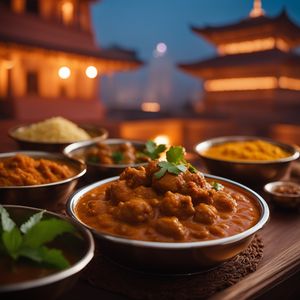
North Indian cuisine
Spicy, Tangy, Aromatic, Sweet, Uses a lot of oil and ghee

Other Indian cuisine
Spicy, Tangy, Sweet, Sour, Pungent

South Indian cuisine
Spicy, Tangy, Sweet, Savory, Aromatic
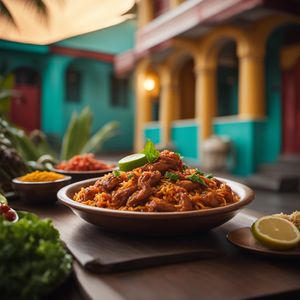
West Indian cuisine
Spicy, Bold, Tangy, Sweet, Savory

